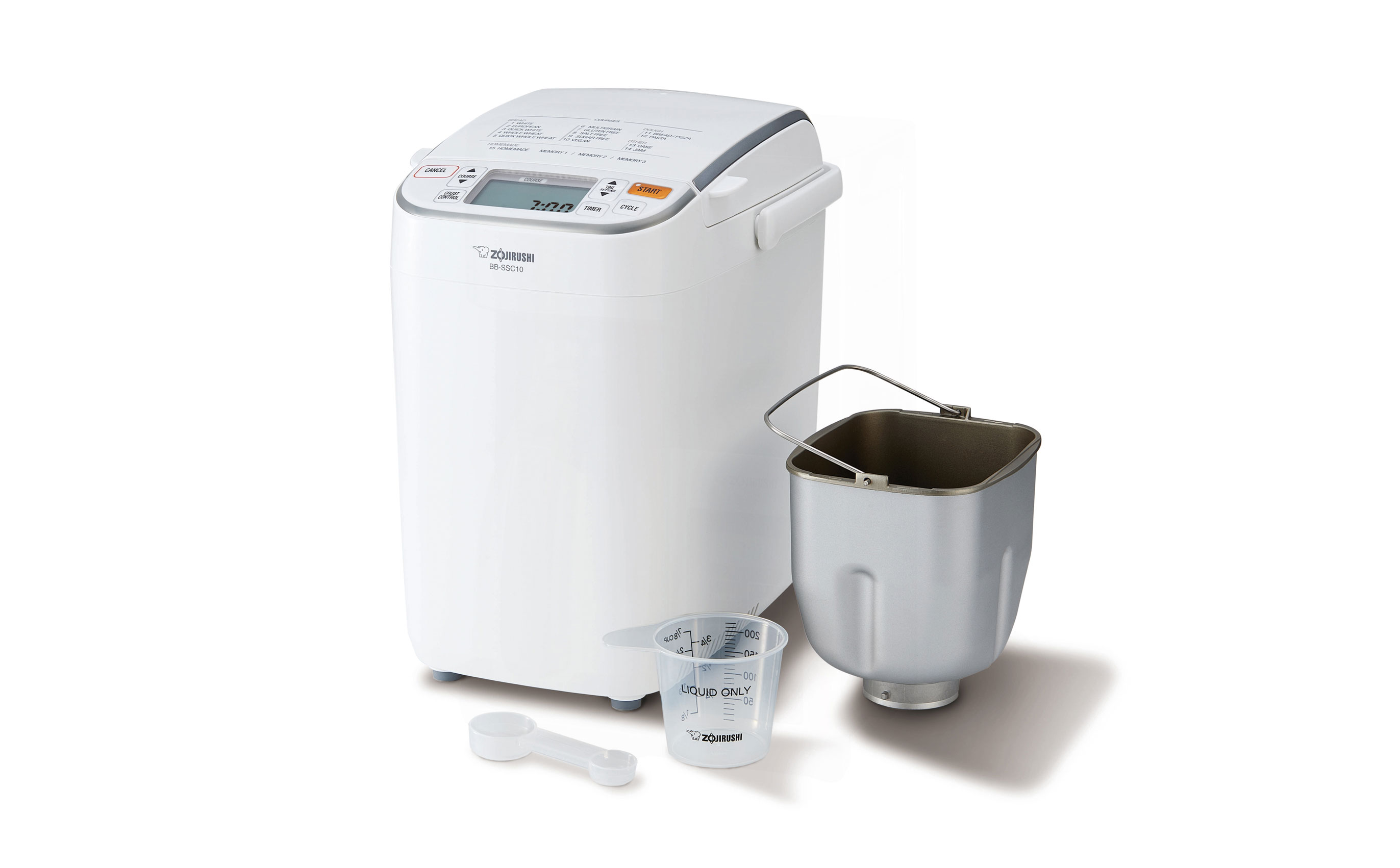Tag: vegan

Product Inspirations – Home Bakery Maestro™ Breadmaker (BB-SSC10)
Read more: Product Inspirations – Home Bakery Maestro™ Breadmaker (BB-SSC10)It’s time to get baking, and we’re so excited to introduce our newest premium breadmaker:…
Essentials of Japanese Cooking: Kaiseki Ryori & Shojin Ryori
Read more: Essentials of Japanese Cooking: Kaiseki Ryori & Shojin RyoriRefined, delicate, purposeful, seasonal, healthy, flexible… all of these words describe the essence of Japanese…